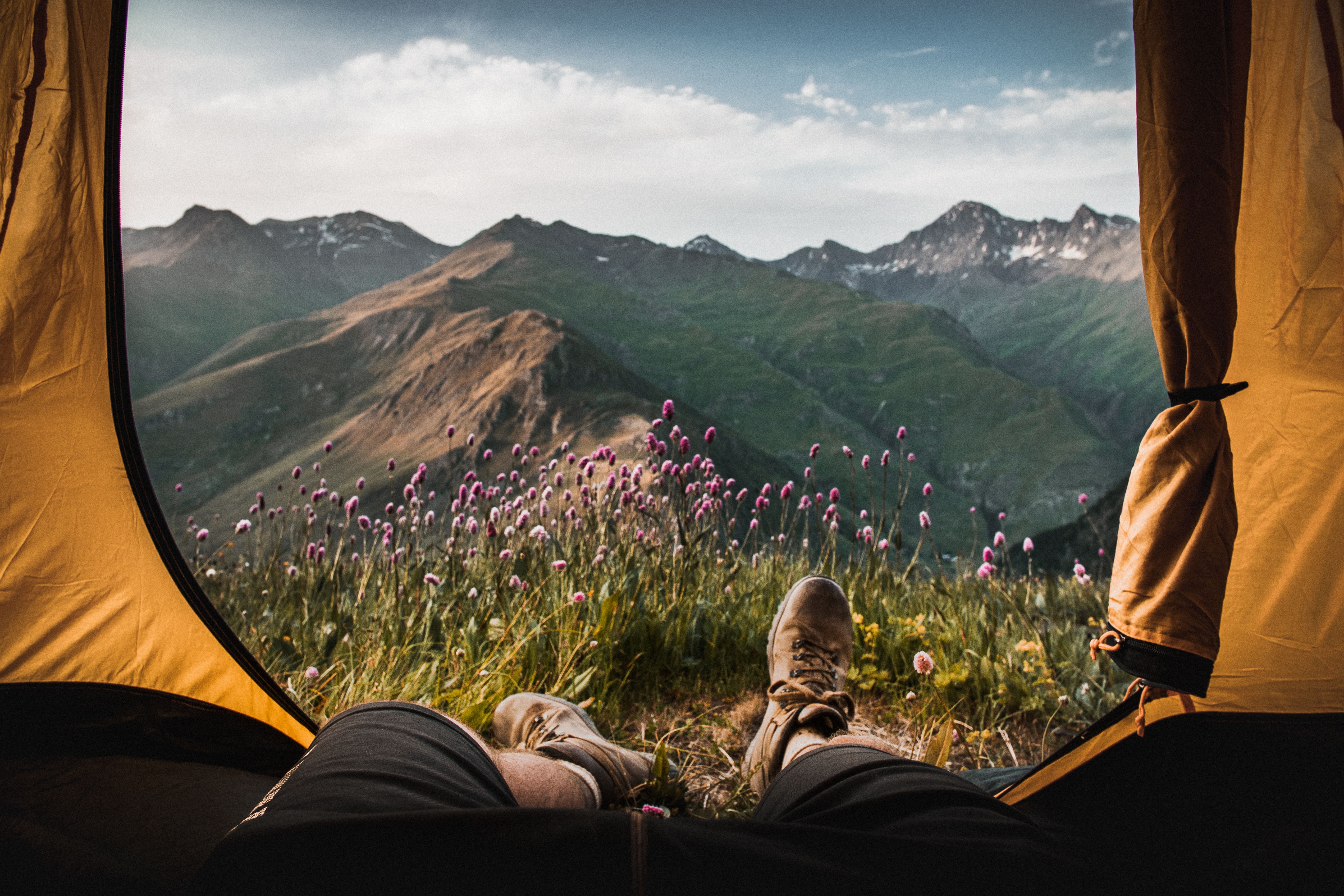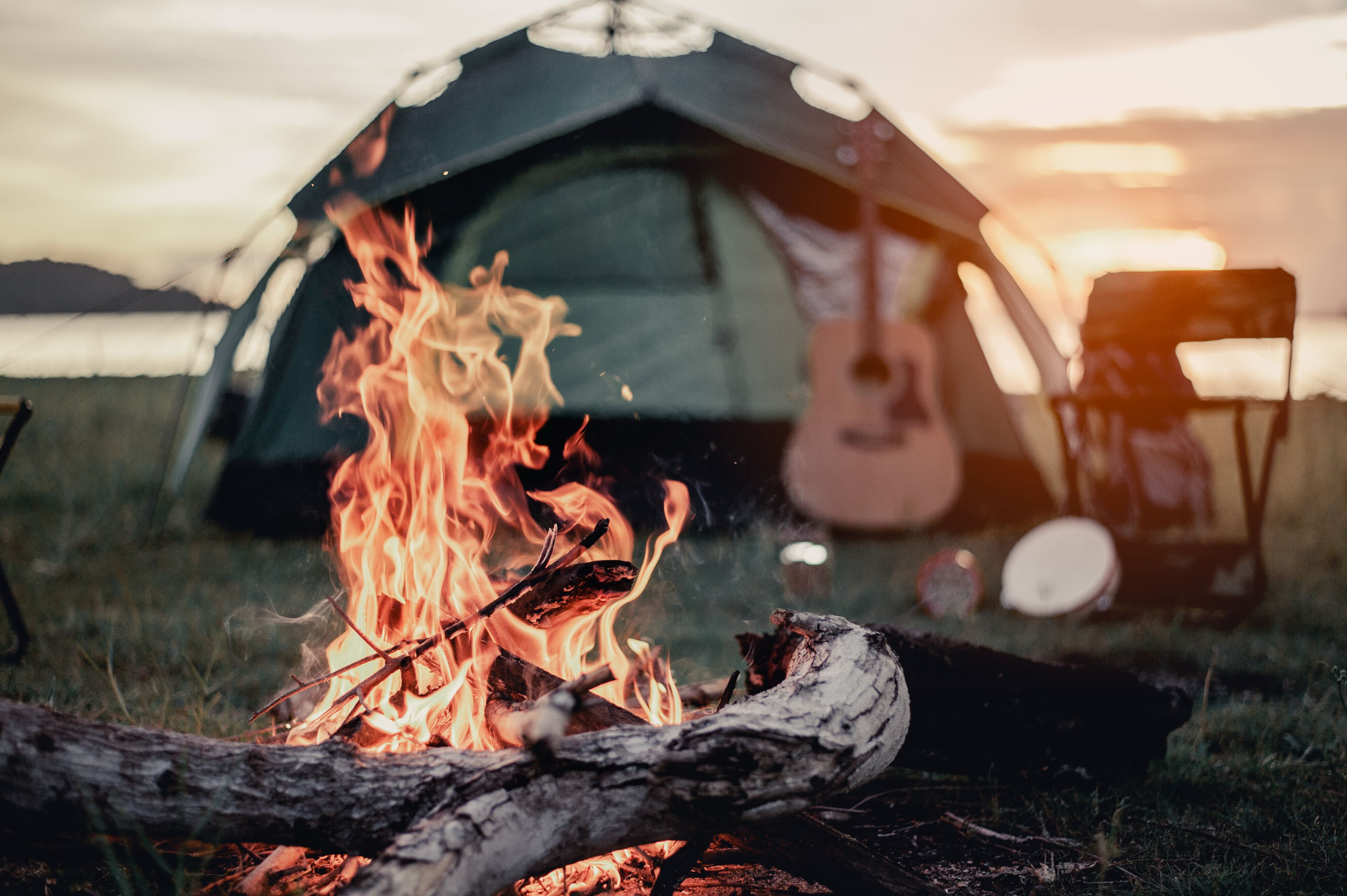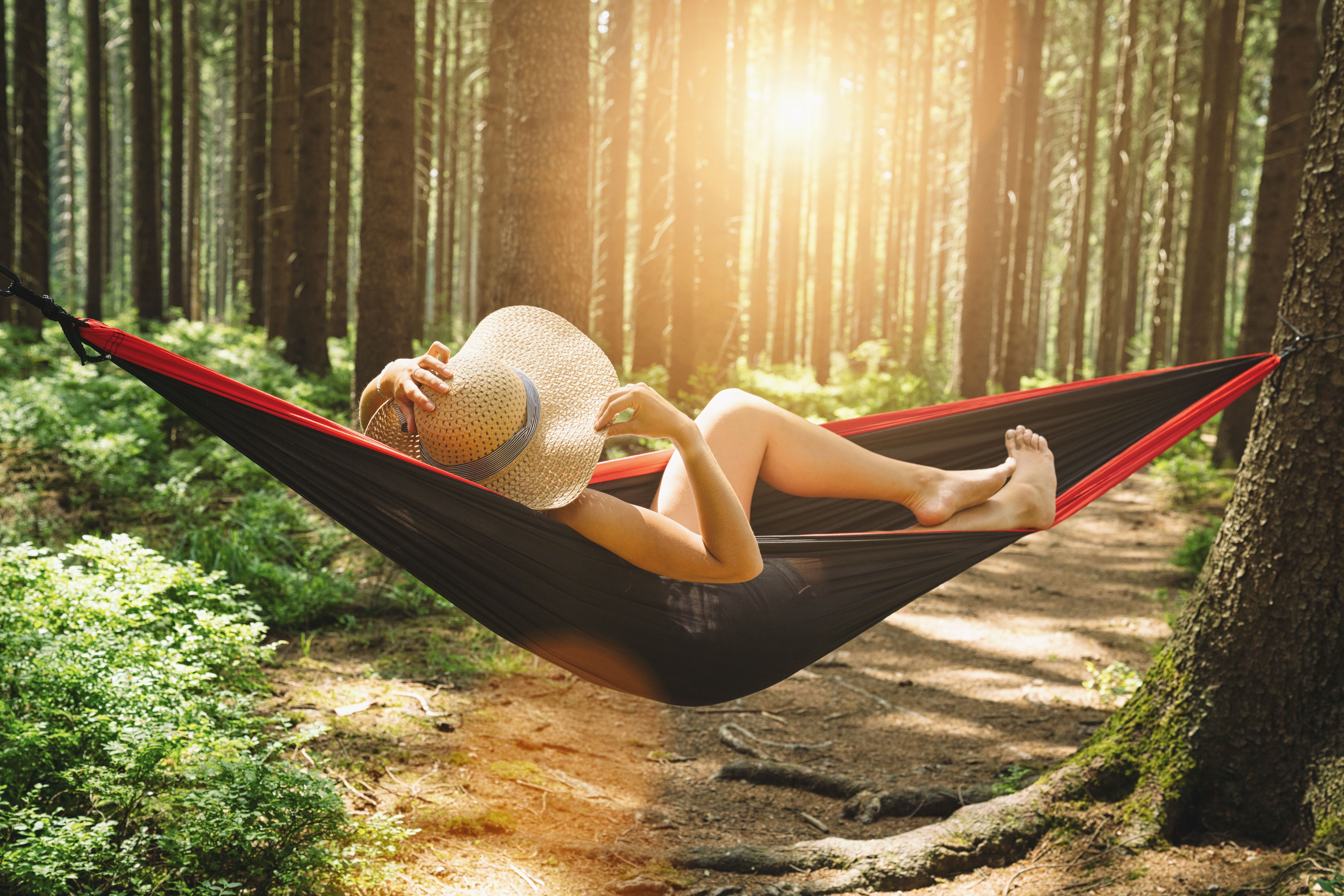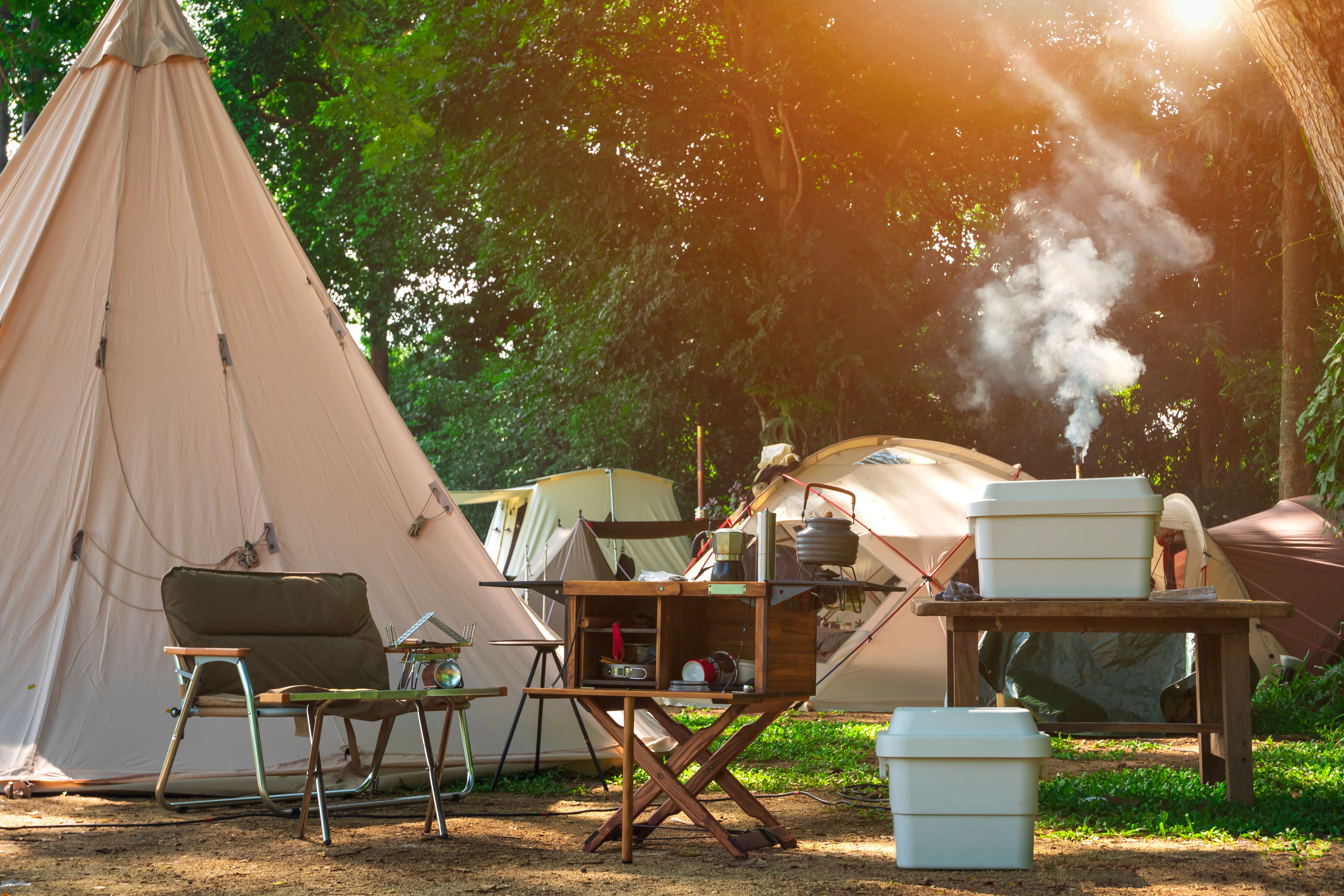
Summer camping is the ultimate pastime for nature lovers who want to evade the confines of the city. There’s something special about pitching a tent in a secluded meadow, unpacking your cooler from the car, and relaxing by a bubbling brook beneath the stars.
Not only is it good for the soul, but it’s also a great way to escape the summer heat — especially if you know a few tricks on how to stay cool and comfortable at the campground.
Here are a few useful tips that will help you make the most out of your camping trip this summer.
Set Up Your Tent In The Shade

This might seem like a no-brainer, but the truth is not all campgrounds benefit from natural shade. So, if you have the opportunity to set up your tent in the woods, beneath the shelter of a lush canopy, then don’t think twice about it. That way, the trees will absorb the sunlight and prevent your tent from overheating.
One useful trick is to figure out the sun’s path over the area before you set up camp — something easily done with the compass on your smartphone.
"Depending on where you are camping, in the middle of a summer day, [the sun] will pass anywhere from 2 to 25 degrees south of zenith," explains the KOA Blog.
If natural shade is not something you can manage, use a reflective sunshade to block your tent from direct sunlight. Another option would be to disassemble your tent during the day so you won’t be forced to sleep in a sauna at night.
Buy A Mesh Tent

Investing in a tent with lots of mesh is a smart way of keeping cool by tapping into nature’s air conditioner: wind.
Mesh tents are specifically designed to allow air to constantly travel through the tent, thereby enabling you to take advantage of any cooling breeze. As an added bonus, the fine mesh walls will also protect you from insects.
If you’re worried about rain seeping through, the KOA Blog dissipates all concerns.
"All tents will come with a solid, waterproof floor that extends a distance up each wall. While this wall blocks a breeze from coming through the lower parts of the walls, it also protects against the splatters of raindrops hitting the nearby earth."
Sleep In A Hammock

"Hammock camping is another level of camping altogether," states the KOA Blog.
All you need is a couple of sturdy trees to tie your hammock between and you’re all set!
The only thing to be mindful of, really, is to bring the right kind of hammock with you. You’ll need one that’s specially made for sleeping, not just for lounging in.
"A good sleeping hammock will have plenty of fabric to stretch out in, be durable enough for the conditions, and lightweight enough to not be a pain."
If you’re concerned that sleeping in a hammock may not be good for your back, try lying in it diagonally. Doing so will provide a completely flat surface for your body to rest comfortably on.
Grab a bug net to keep pesky insects away and install a protective tarp in case of rain, and you’re all done!
Pack Jugs Of Frozen Water

According to the KOA Blog, packing your cooler with frozen water jugs is "one of the greatest camping hacks of all." It’s a much better option than simply packing ice because the frozen water inside the jugs won’t flood your food item as it melts.
Instead, it will stay put in its container, melting into perfectly usable drinking water that’s cool and has not been contaminated from touching food packaging or from people rummaging through the cooler.
Another practical use for this method is placing one jug of ice or cold water inside your sleeping bag to cool off your feet so you can fall asleep easier.











